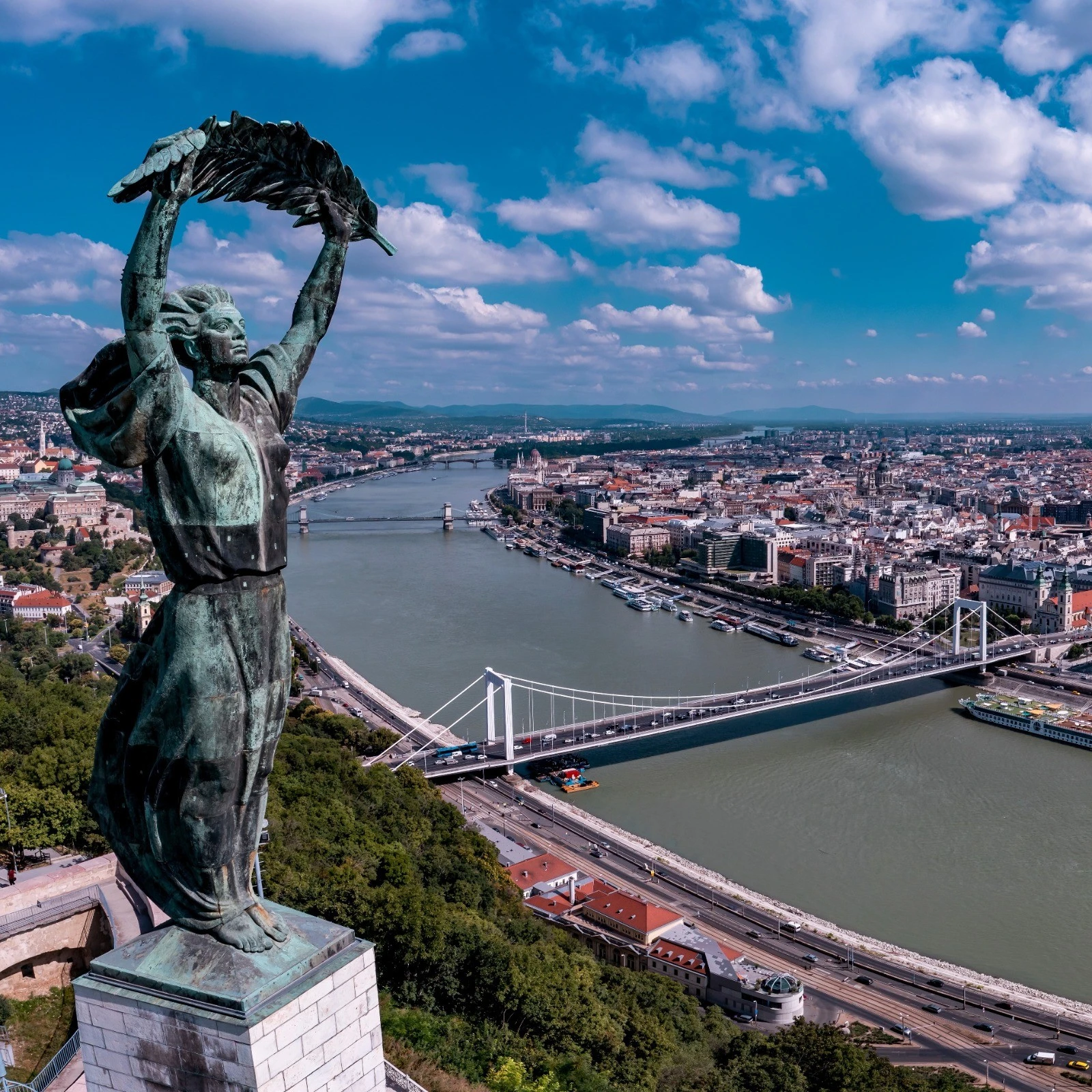

The problem with your comment is that you have a lot of opinions, and they all may sound reasonable, but the facts and data give away a different story, and it is hard and takes time to demonstrate that most of what you state is, to say it kindly , false
So I’ll take only one of your statements and answer that, and won’t waste more time for the rest.
Speed itself is a factor, not the main one, which in my opinion is inattentiveness.
Theory:
- Impact energy grows with the square of the speed. An impact at 50 km/h carries almost 3 times the energy of an impact at 30 km/h. (source: kinetic energy)
- probability of death for a pedestrian when hit by a vehicle at 50 km/h is 70%, when hit at 30 km/h is 10% (source)
- Stopping distance at 50 km/h (23 m) doubles in respect to 30 km/h (12 m) (source)
So, based on the data above, how can speed not be a main factor, especially if we are talking about road fatalities?
So to support theory with fact, there is ton of data on cities that lowered speed limit from 50 to 30 km/h. And data consistently shows reduction in crashes, injuries and fatalities.
I’m not wasting time describing each of the articles below:
- https://swov.nl/en/fact/30-kmh-zones-what-are-road-safety-effects-30-kmh-zones
- https://www.europeandatajournalism.eu/cp_data_news/none-of-the-european-cities-that-lowered-the-speed-limit-to-30-km-h-regrets-it/
- https://etsc.eu/swiss-research-shows-30-km-h-zones-reduced-crashes-by-38/
- https://www.researchgate.net/publication/353710726_Economic_impact_of_30kmh_-_Benefits_and_Costs_of_Speeds_in_an_urban_environment


What you reported are anecdotal facts. Things you observed. Objective facts and data are what we need to improve. The fact that you see people not using the bike lane is not relevant.
Did you check these?
The 3 points you mention as practice are not practice at all. They are theory, they are laws that are usually not respected.
30 km/h is only the maximum speed allowed. And it is a compromise that wold allow for a huge reduction of crash damage, while not reducing travel time by much. Because the average speed in cities is, let’s remember that, more in the 10-20 km/h range. So, speeding between red lights does not save anyone’s time, just increase the danger.
Don’t make me look up for articles about that (please, do it yourself, there is plenty), but the increase of travel times when maximum allowed speed is decreased from 50 to 30 is very low (much, much lower than 50/30 ratio), and the benefits in terms of danger is so high, that it is totally worth it. So the argument “let’s make it 10 km/h” doesn’t make any sense
it’s not a question of who is guilty, it is a question of where the danger comes from. And it doesn’t come from pedestrians or cyclicsts (see my previous post), it comes from cars. Stop signs exist because of cars. Traffic light exist because of cars. Car insurance exist because of cars.
No, nobody wants to punish. It is because of facts (not anecdotes). It is because it works in theory and in practice, as I fully documented in my previous post. And I was only taking into consideration the 50 to 30 km/h reduction. It works in all the cases, even highways https://www.ncbi.nlm.nih.gov/pmc/articles/PMC2598360/